
Susa (Shush) | Ancient City in Khuzestan, Iran
In the southwest of Iran, in the city of Shush, you’ll find the remains of one of the world’s most ancient cities: Susa. This UNESCO World Heritage used to be a cultural and political hub to the ancient world. As an Elamite (2700 to 539 BC) capital for 2000 years and a winter capital for Achaemenid kings (550 to 330 BC), Susa has presented the top museums of the world with precious relics. In the two parts of the site, Susa archaeological complex and Ardeshir Palace, you can still find traces of the glory of different historical periods. Let me take you for a discovery journey around this classical treasure.
Contents

An overview of the remains of Ancient Susa Iran
Why Visit Susa Iran?
- Susa is a precious UNESCO-listed World Heritage.
- It was one of the most outstanding cities of the ancient world.
- With thousands of years of history, it is one of the world’s oldest residences.
- Many prominent artifacts were found in this sight.

Ancient Susa Iran – Shush Castle
The Story of Susa City
Susa City (also known as Sus, Susan, Shushan, and Susiana) was founded around 4000 BC as an important center with religious value. Soon, its geographical location that made it the meeting place of 2 great civilizations (Elam and Mesopotamia) turned it into a commercial and political hub that enjoyed different cultural influences. For 2000 years, Susa was the capital of Elamite Empire (2700 BC to 539 BC), one of the world’s 4 greatest empires at the time.
After undergoing destructions by enemies, the city came into the hands of Cyrus the Great. Later Achaemenid kings rebuilt the city, set is as a capital of their great empire, and made it flourish. But later, several attacks brought destruction to the city: Alexander’s attack, the Mongol invasion, and the Arab Conquest of Persia. Today, an archaeological complex (dating from 5th century BC to 13th century AD) in the modern city of Shush showcases the remains of the ancient city.

Ancient Susa Iran – The brickworks of Apadana Palace in Louvre Museum
Susa Iran Today
This archaeological site includes two parts: Susa archaeological complex and Ardeshir Palace. In the archaeological complex (to the eastern side of Shavur river), you’ll find the remains of Acropolis (the oldest piece of the complex), Apadana (the royal palace of Darius the Great), the Royal City, and the City of Craftsmen. Plus, the remains of a 4th century BC palace built by Ardeshir (Artaxerxes II) are on the other side of the river. Except for these ancient ruins, the complex also includes relics from the Islamic period of Susa: a 12th century sugar cane factory and a 7th century Grand Mosque.
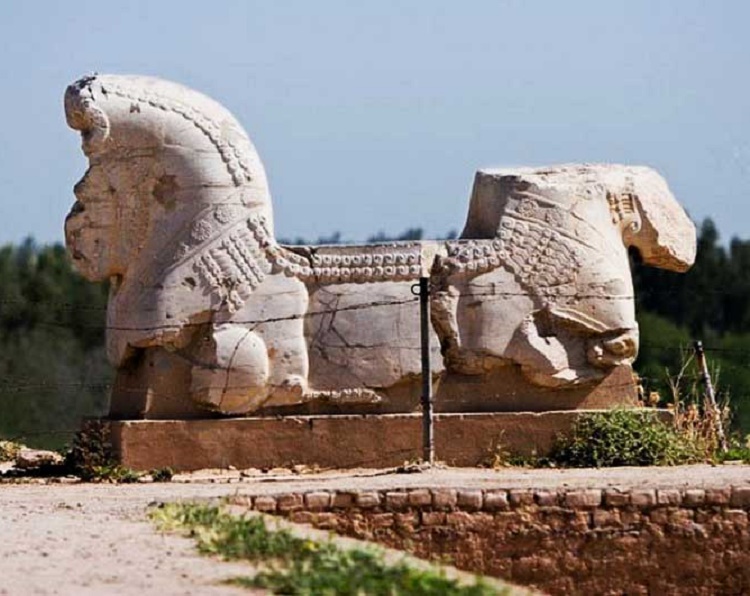
Ancient Susa Iran – The remains of a stone stature photo
The Medieval-looking castle you see in the site was built in 18th century during the excavation projects by French archaeologists.

Susa Ancient City – Shush Castle photo
Susa Iran – Women in Elamite Empire
How do we know about the life of women in ancient Iran? Female statues, documents with women’s names, signatures and seals on them, and other findings stand for the role and status of women in the Elamite Empire. They show that women enjoyed an equal social status with men in many areas and were even active in business.
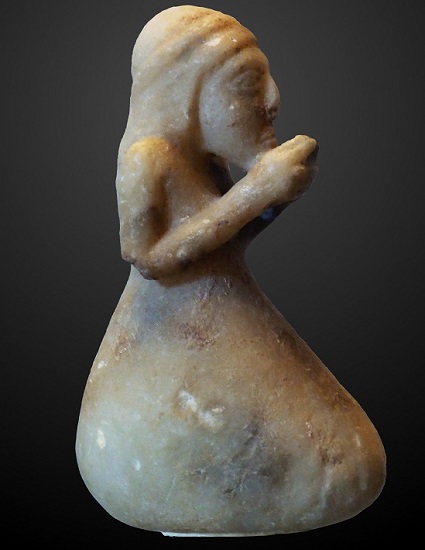
OLYMPUS DIGITAL CAMERA
Ancient Susa Relics – The Priceless Treasures of Susa Iran
From the glory of ancient Susa, many relics remain that are like windows to the past. Statues, seals, inscriptions, cups, a model of a clay yacht and many other artefacts were found in the archaeological sites. The brick inscriptions mainly mention royal ancestry and curse anyone who would destroy the relics. The ones found in the temples mention gods worshiped in ancient Susa. And the clay tablets mainly concern issues like land dealing, bequeathal and adoption.

Ancient Susa in Iran Relics – Goblet and Cup- Sevres Museum-France
Susa Weddings
When Alexander the Great attacked the glorious Susa in 330 BC, he sacked the city but left it undestroyed. He made it the site of Susa Weddings of 324 BC. To symbolically unite the two cultures, he married over 10,000 Persians and Macedonians. Alexander himself married two Iranian noble women: Stateira (the eldest daughter of Darius III) and Parysatis (the youngest daughter of Artaxerxes III).
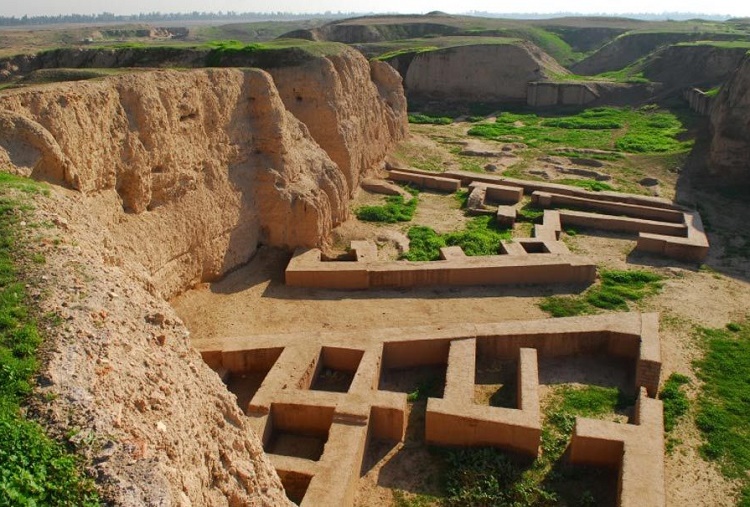
More about Susa City
Visit Hours
Spring and Summer: 9 a.m. to 7 p.m.
Fall and Winter: 9 a.m. to 5 p.m.
Visit Days
Every day except for some public holidays
The Nearby Attractions
In the ancient city of Shush, you can find a number of other tourist magnets. Haft Tappeh, one of the most ancient regions in Mesopotamia, is one of them. The site is a collection of 14 ancient hills that are 3500 years old. Chogha Zanbil (UNESCO), an ancient temple built in 1250 BC, is another. Ivan-e Karkheh, the remains of an ancient city to the northwest of Shush is also worth a visit.
Where to Eat near Susa City
Sahel Restaurant
Arad Restaurant
Ziggurat Restaurant


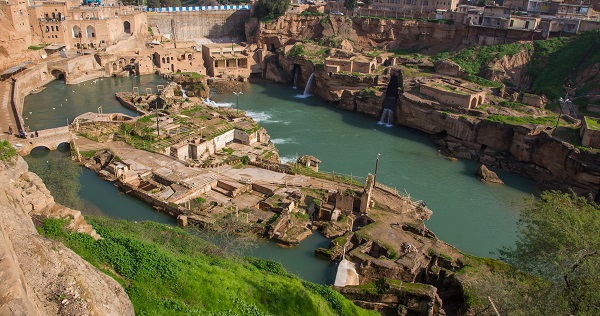

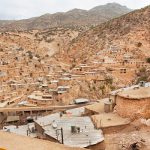




I just saw some of the relics from Susa at the Louvre. Fascinating and absolutely beautiful.
How amazing!